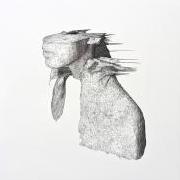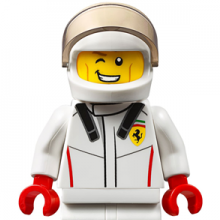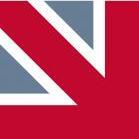[USA] Dodge Dart 2013
quanto ti piace la Dodge Dart?
258 voti
-
1. quanto ti piace la Dodge Dart?
-
• Molto108
-
• Abbastanza105
-
• Poco36
-
• Per niente11
-
- Si prega di accedere o registrarsi per votare a questo sondaggio.






.thumb.jpg.d20c5008a881490f9c7f843d442a34f8.jpg)




.jpg.0a9ff73d7a7ad09550fc411cda37bc7c.thumb.jpg.095392f5d8b6dc45c10ccf463694d027.jpg)









Messaggi Raccomandati:
Crea un account o accedi per lasciare un commento
Devi essere iscritto per commentare e visualizzare le sezioni protette!
Crea un account
Iscriviti nella nostra community. È facile!
Registra un nuovo accountAccedi
Sei già registrato? Accedi qui.
Accedi Ora